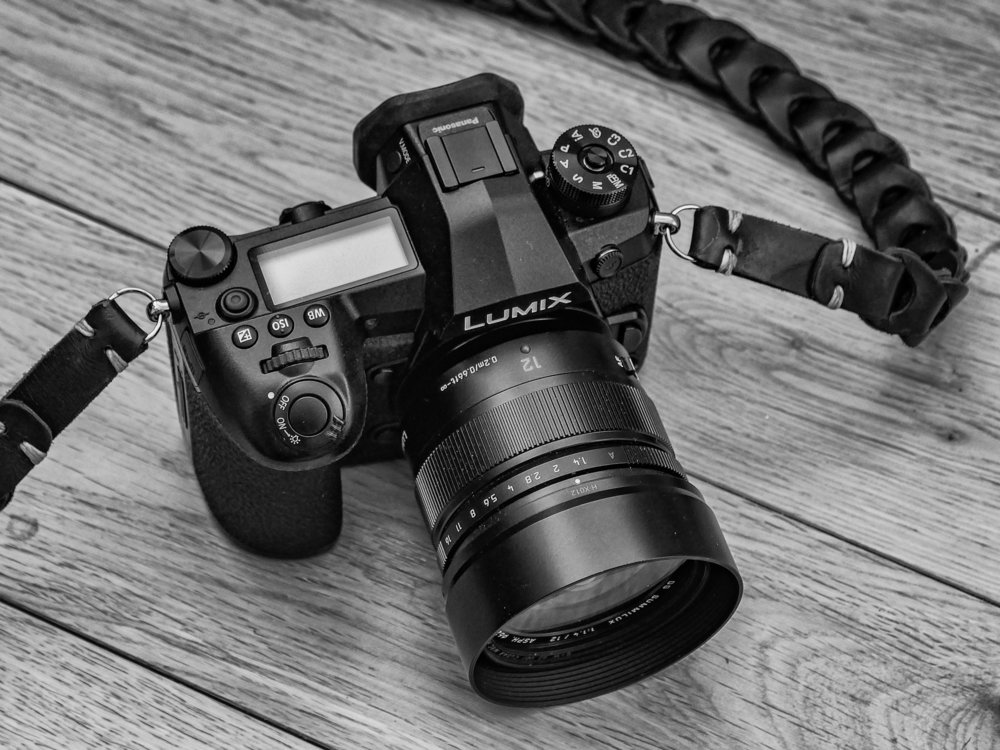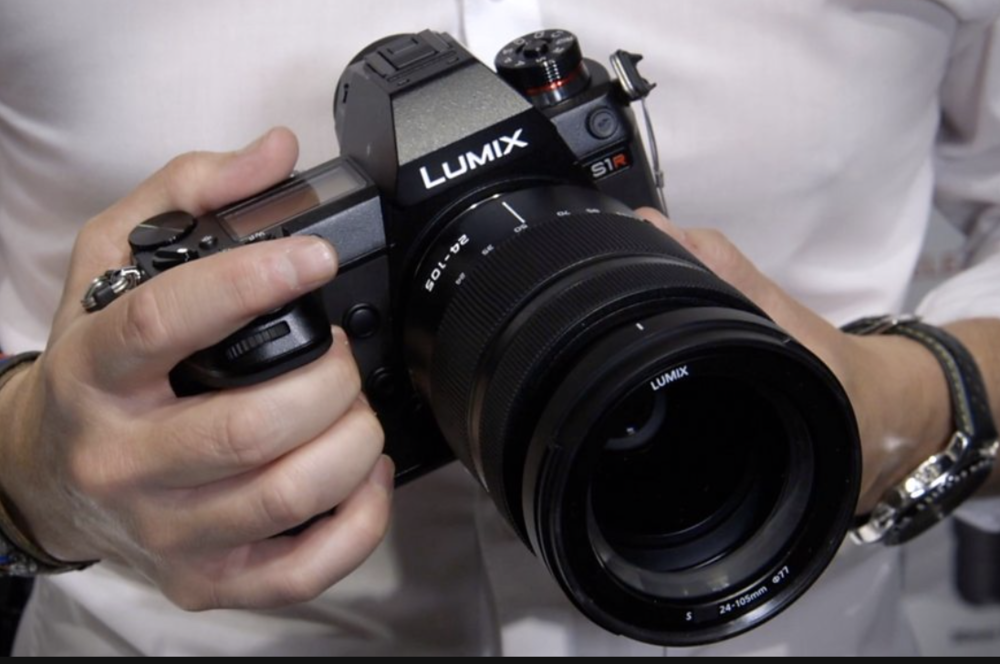

Since Tuesday’s Panasonic announcements I’ve been wondering how existing Panasonic micro four-thirds users would view this development. Up to now, Panasonic has been one of the two dedicated proponents of the micro four-thirds system. While the company has said that it will continue to develop and support m4/3, there must be some concerns among users that attention will be focused more on the full-frame developments.
As I mentioned over the past two days, micro four-thirds has always had the big benefit of using compact lenses and cameras, although this advantage has been whittled away in recent years by the advent of complex pro lenses and larger bodies — such a the Panasonic GH5 or G9. Yet it is still possible to make up a very compact and high-performing m4/3 outfit. But with the advent of cheaper full-frame sensors and cameras such as the a7III which are not much more expensive than top-line m4/3 bodies, there is bound to be some movement away from the smaller sensor to the new Nikons, Canons and Sonys, not to mention Panasonic.
It is interesting, therefore, to read this first reaction from a professional m4/3 user, Amos Chapple. Read the full story at Petapixel.

Mike, Brian
I just spent two weeks on Maui with my G9 and 4 lenses, and I am a little sorry to say that I did not miss my Sony A7II or my M9. The G9 is an excellent body for travel, street, and for just being spontaneous. Once I can look at my images in Capture One I can comment on the results, but the initial reviews on the rear screen are very promising.
Concerning the recent Panasonic FF announcement, this is the one announcement that captured my attention and imagination. A high resolution body that can use almost my entire lens collection for less than a Leica SL! I am very interested.
Paul
B
I have no concern on the future of M43. The glass is significantly smaller than full frame. For example, My Olympus 75 1.8 is so tiny and has an amazing rendering. I rarely carried my amazing Sony Zeiss 135mm as it was huge and heavy. I like the size of the G9 as it allows me to properly hold the camera – I found the A7R a bit small and needed to add a grip. I will concede that it is not the best option for shooting in darkness but I do not need ISO 12000. I also concede it doesn’t have the best dynamic range by any means and I expect that will improve at some point. But I do have a Hasselblad x1d for my extreme situations. But I find my G9 and small quality primes have brought back the joy of Leica M photography with the plus of a wider focal range plus amazing AF plus great image stabilization. Plus if I want a smaller camera body there are options! It is a joy to carry my M43 system without weight exhausting me. But we are in exciting times where there are no poor image making cameras to choose from.
You make a good case and I shall be keeping my G9, at least for the time being. I agree on the 75mm, by the way.
The 2017 $10 billion worldwide digital camera sales were 41% down compared to 2013 $17 billion … and manufacturers have "seen the writing on the wall" for years regarding declining camera sales and increasing smart phone sales … thus they’ve been exploring all avenues for more than a few years to maintain and expand market share. Panasonic have the $$clout, connections (Leica), and marketing expertise to risk venturing into ‘unknown territory’ … ‘unknown’ because they’ll be chasing far greater FF sales volumes than Leica .. it would likely not be worth their while only achieving low volume sales for the $$investment they need to make in the FF project. They’re chasing and competing with Nikon and Canon for professional sales and have stated they’ll also be investing in worldwide FF camera servicing to back up their products. Nobody can predict how Panasonic’s M4/3 market will be affected but the FF market is a whole new ball game for them … and PanaLeica’s M4/3 development is unlikely to be diluted by the FF venture … they have to stay competitive with Olympus M4/3. The bigger questions are whether Ricoh Pentax can survive this marketing onslaught … and if Olympus can maintain sufficient camera sales to remain competitive.
I agree. It will probably take until the next Photokina until we have any idea of how things are going. All you can say is that up to now Sony had the mass-market full-frame mirrorless market all to its self. With three more major players in the game, something will have to give.
I agree with Dunk that it is ‘all to play for’ in a declining market for cameras. The new Lumix S looks too big for my tastes just like the Leica SL. I have a Nikon D800E which I rarely use because of its size, apart from some copying work. I believe that Lumix will keep M43 as a lot of photographers like to use smaller cameras. I suffer from arthritis in both hands and a smaller camera suits me better. I looked at the Medium Format Fujifilm camera about a year ago and while it is very nice camera with superb output it was way too big for my needs. Apart from Sony, the nearest I have seen yet to a compact ‘full frame’ EVF camera is the Nikon Z7 which is about the size of a Leica M with a grip and a hump on top about the same size as the Leica EVF. All that being said, photographers have a lot of choices today even in a declining market.
William